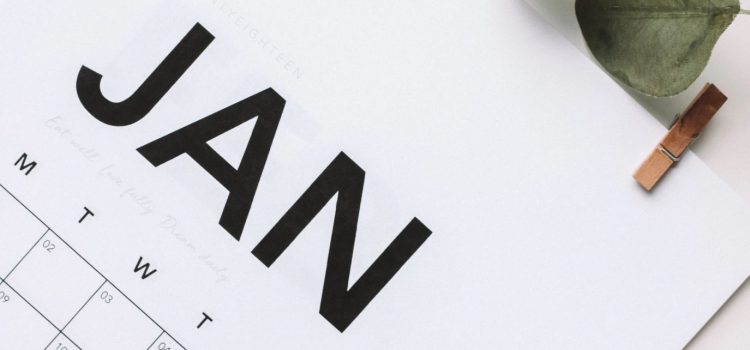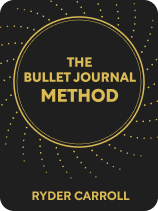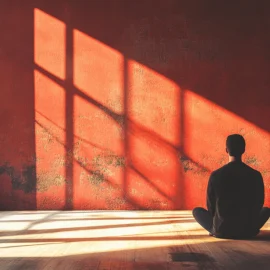

This article is an excerpt from the Shortform book guide to "The Bullet Journal Method" by Ryder Carroll. Shortform has the world's best summaries and analyses of books you should be reading.
Like this article? Sign up for a free trial here .
Do you keep a bullet journal? Do you take time at the end of the year to review it?
Ryder Carroll, the author of The Bullet Journal Method, says that you should always do a bullet journal year-in-review. This will help you reflect on your previous year’s goals, aspirations, and plans.
Here’s how to do a year-end review.
Yearly BuJo Review
Like the tradition of making new year resolutions, Carroll encourages you to reflect on the past year by doing a bullet journal year-in-review and migrating content to a new notebook. Regardless of whether you filled your previous notebook, he recommends that you begin a new one at the start of the year. Starting with a blank slate not only encourages reflection but also increases your motivation.
(Shortform note: Research supports Carroll’s claim that starting fresh increases motivation. For example, a series of studies found that behaviors such as Google searches for “diet” and the number of gym visits increased after salient temporal landmarks like new months, new semesters, and holidays. The researchers concluded that these apparent increases in motivation occurred because participants viewed their past imperfections as belonging to a previous time period once they reached a new temporal landmark—essentially providing a fresh start.)
As you review your journal, Carroll says you should only transfer what’s valuable to you. For example, if your previous year’s future log is full of untouched tasks, it’s likely they’re not important enough to deserve your attention in the new year—if they were, you would have already done them. If you feel uncertain about what to transfer, Carroll recommends asking yourself meaning-focused questions like those used during your daily and monthly reviews.
| Practical Exercises for Letting Go of What’s No Longer Valuable While asking questions as Carroll recommends can be a good starting point in your yearly reflection, there are more practical exercises you can learn to let go of what’s no longer valuable to you. One strategy is to reflect on the role of desire versus duty in your priorities: Generally, unless it’s an absolute necessity, a task done out of obligation doesn’t add the same value to your life as one that you choose to do. Therefore, if a task feels like a duty rather than a desire, you can likely leave it behind. Another strategy is to pause to write out your internal monologue when your mind feels cluttered. Once you’ve done this exercise several times in a week, read through your monologues and look for patterns of thoughts and feelings that can help you identify your values. For instance, if a certain topic comes up again and again accompanied by negative feelings, that may be a sign to let it go. Finally, one last strategy is to make a list of your obligations, habits, hobbies, goals, commitments, and relationships. Once you have a complete inventory, try to reduce your list by 30% based on instinct. Whatever makes the cut is likely something you value; whatever doesn’t is probably something you no longer need. |

———End of Preview———
Like what you just read? Read the rest of the world's best book summary and analysis of Ryder Carroll's "The Bullet Journal Method" at Shortform .
Here's what you'll find in our full The Bullet Journal Method summary :
- A comprehensive guide to using the Bullet Journal Method
- How to maintain a journaling practice that can improve your overall quality of life
- How to extend the method beyond productivity to a practice in mindfulness






